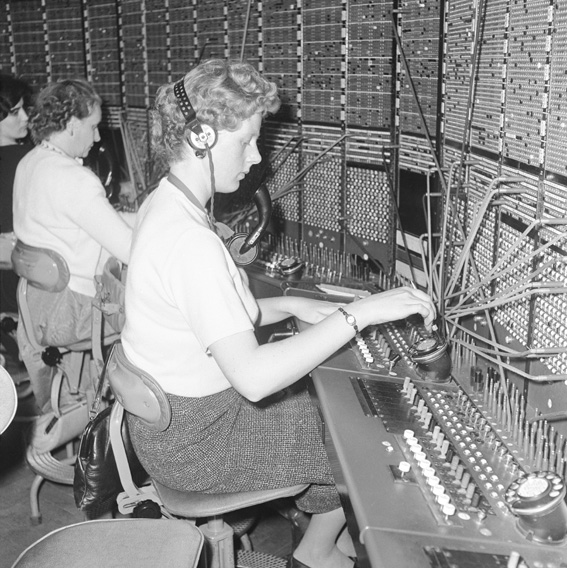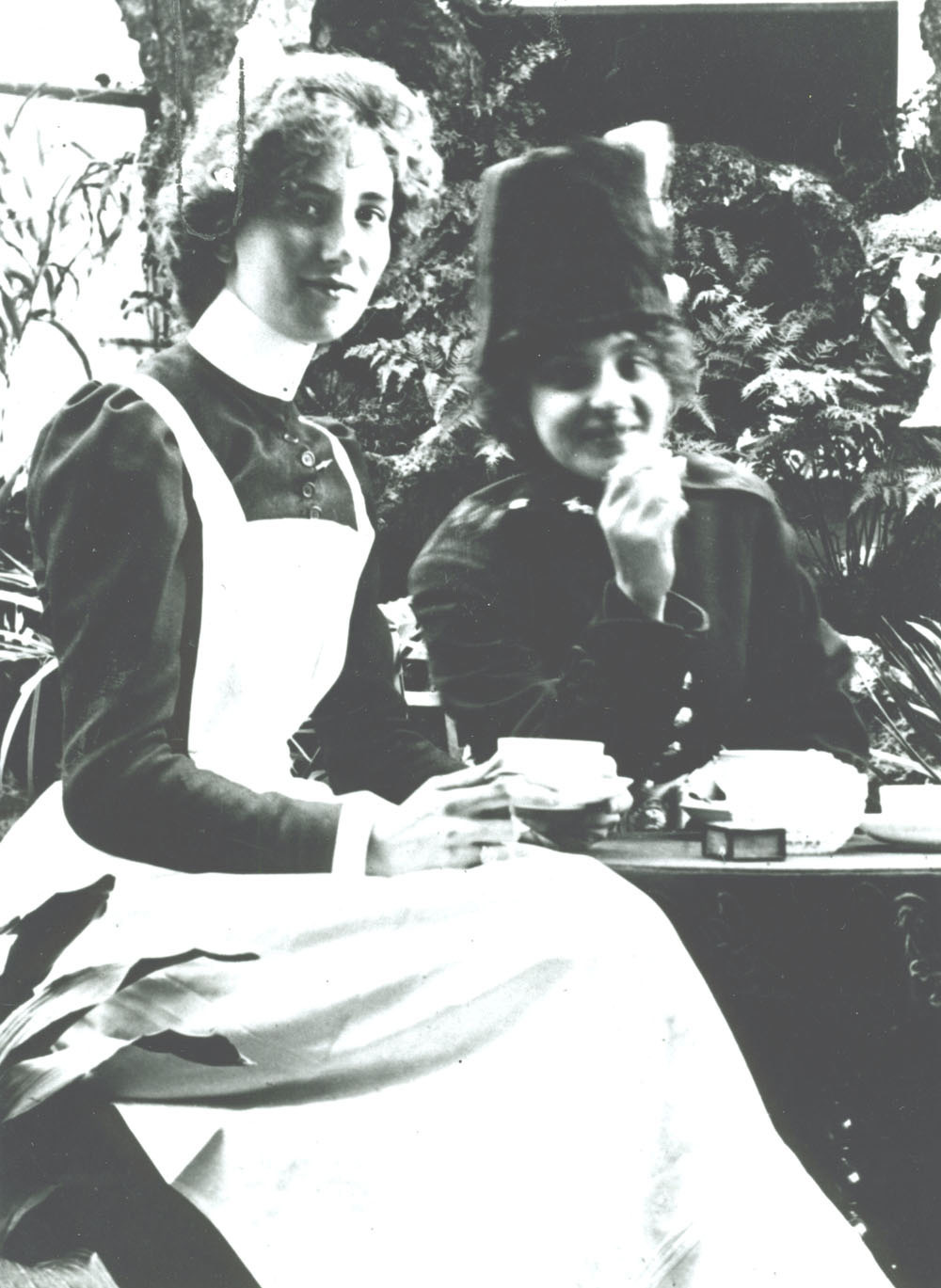Jen Kavanagh, Audience Engagement Manager, writes about the search for stories for our new Information Age gallery opening in October 2014.
Calling former telephone operators!
We want to speak to the ladies who worked as telephone exchange operators in the 1950s and early 1960s, particularly around Enfield, London. We would like our visitors to be able to listen their memories alongside a display of the last manual telephone exchange in our Information Age gallery.
Before automated systems were introduced in the 1960s, phone calls were manually connected by young female telephone exchange operators. Their concentration, patience and friendly manner ensured calls were placed across the country and each telephone exchange developed into a small social community.

The last manual telephone exchange was in Enfield, north London, and marks the end of an era in communication history. A section of the Enfield Exchange forms a part of the Science Museum’s collection and will be put on display in the Information Age gallery. We would like to bring this amazing piece of history to life through the memories of the women who worked with the machine.
Do you know of anyone who worked as a telephone exchange operator? If so, we’d love to hear from you! Please visit www.sciencemuseum.org.uk/stories to get in touch.
Lyons Tea Shop Managers needed!
We are also looking to speak to Lyons tea shop managers that worked with Lyons Electronic Office (LEO I), the world’s first business computer, in the 1950s. Brought to life on 17 November 1951, LEO I played a crucial role in the development of a new computer age and we would love to hear from its female workforce. If you are a former manager (or relative), please get in touch.
